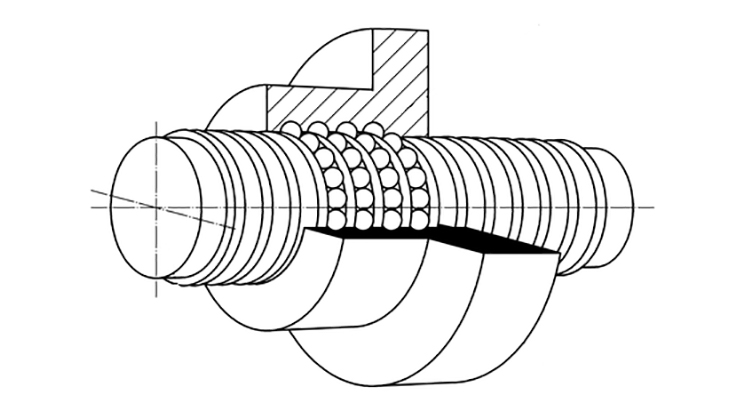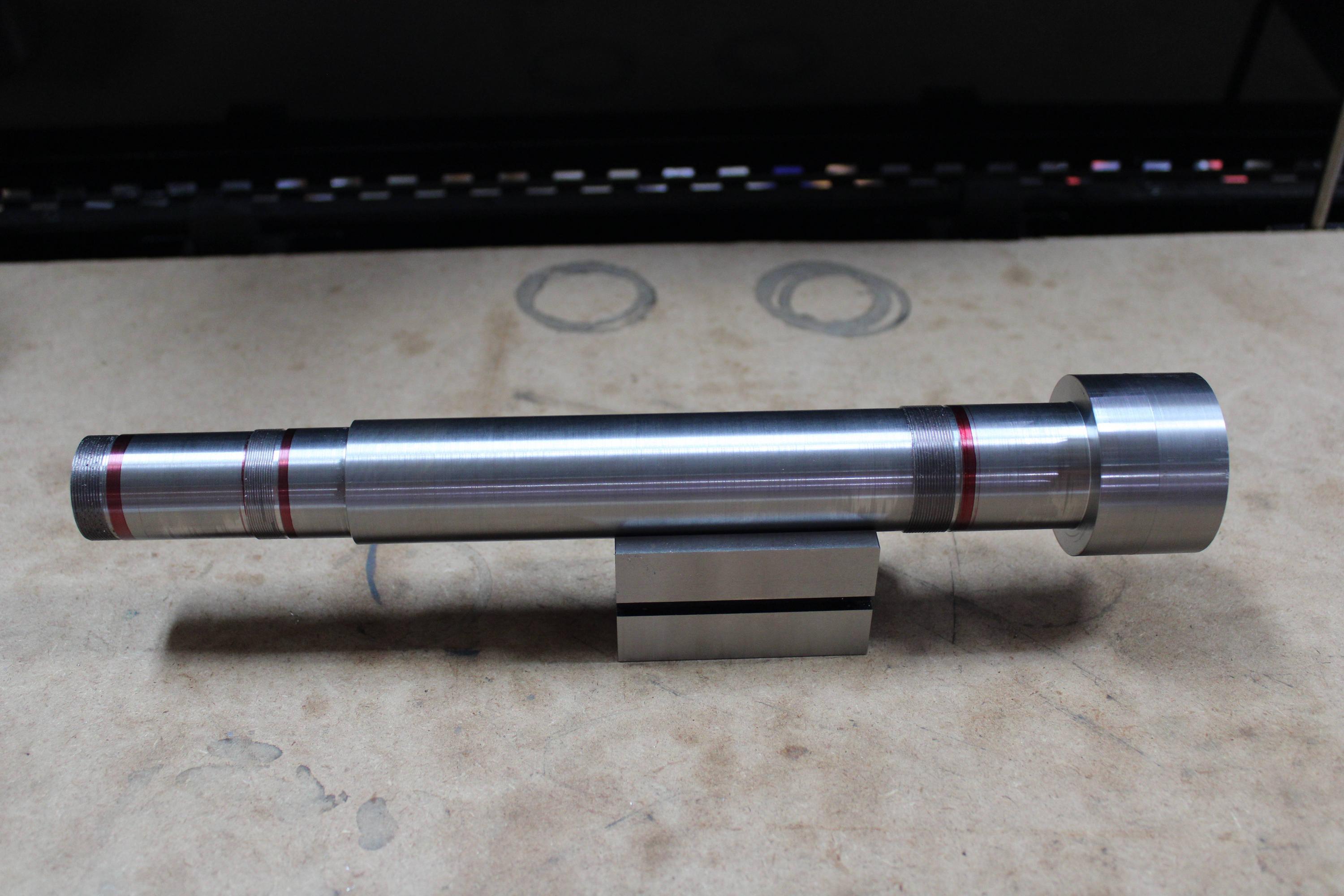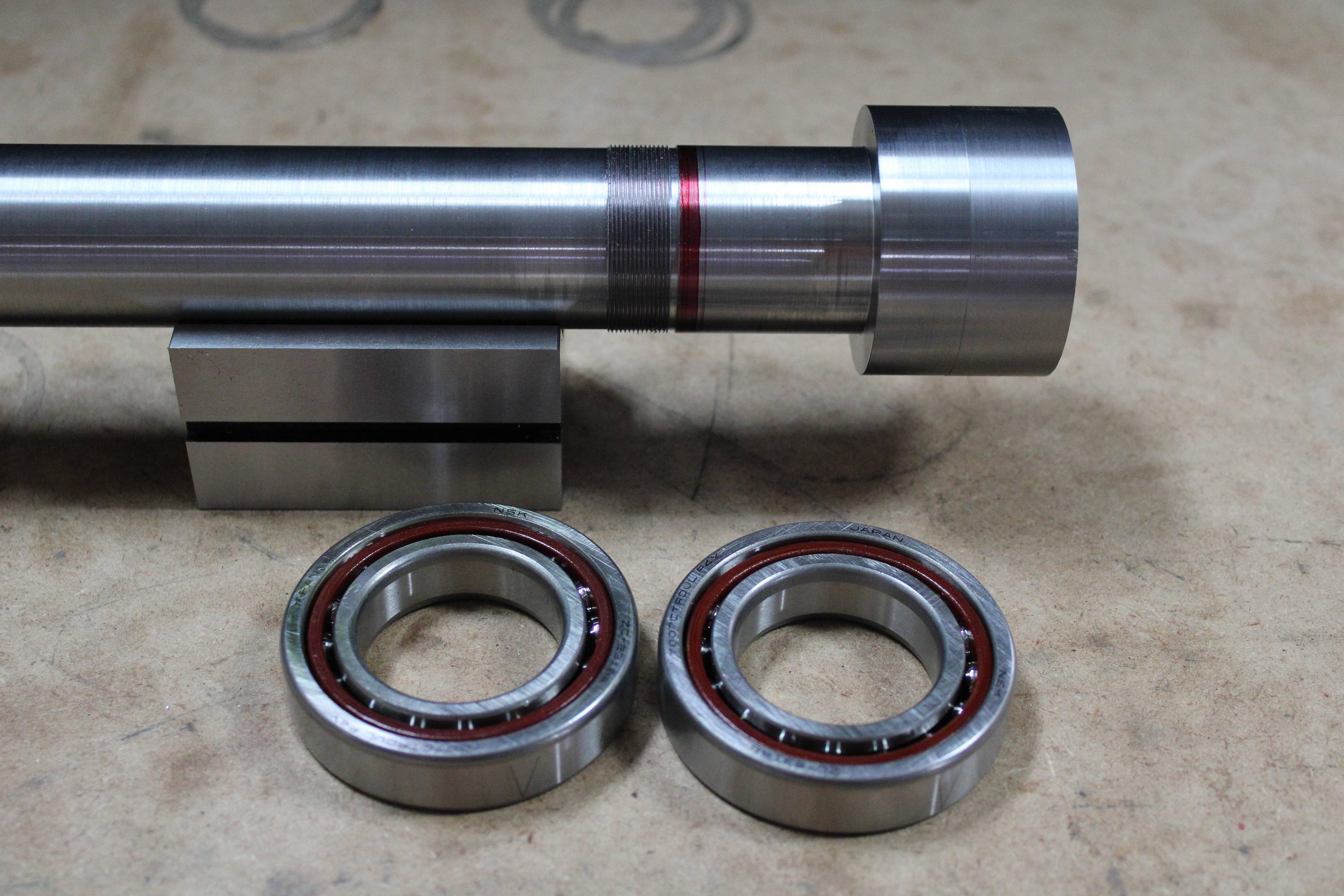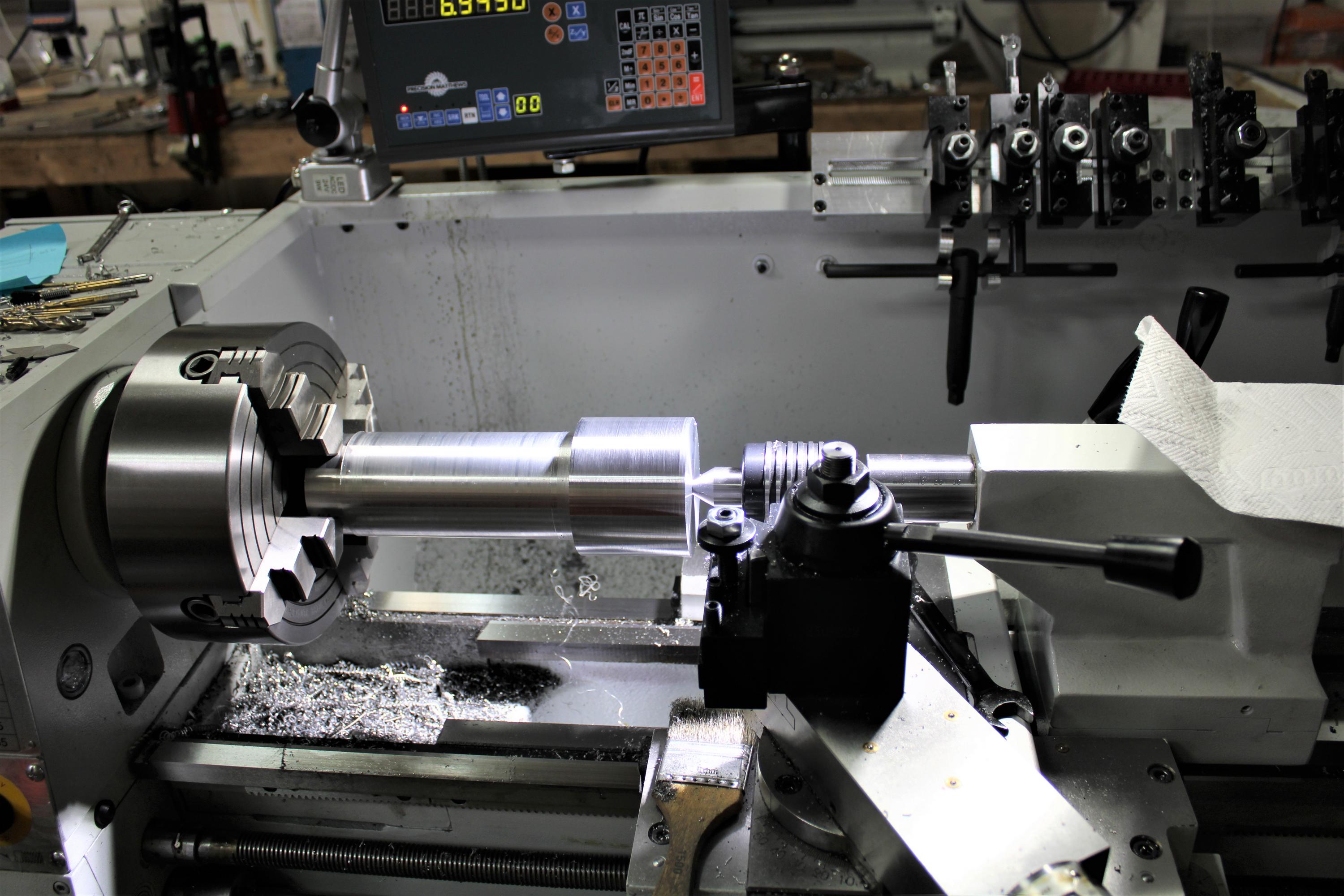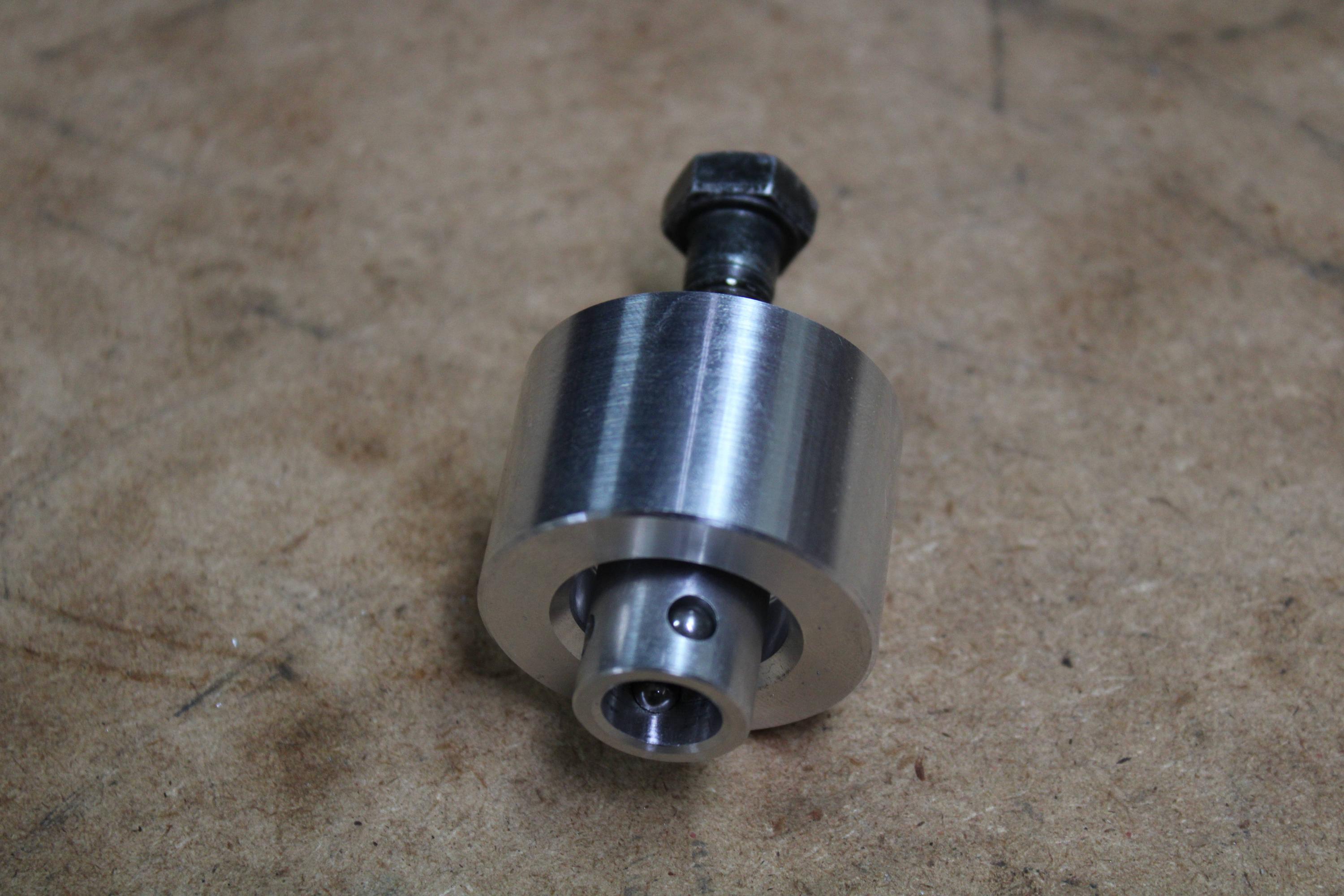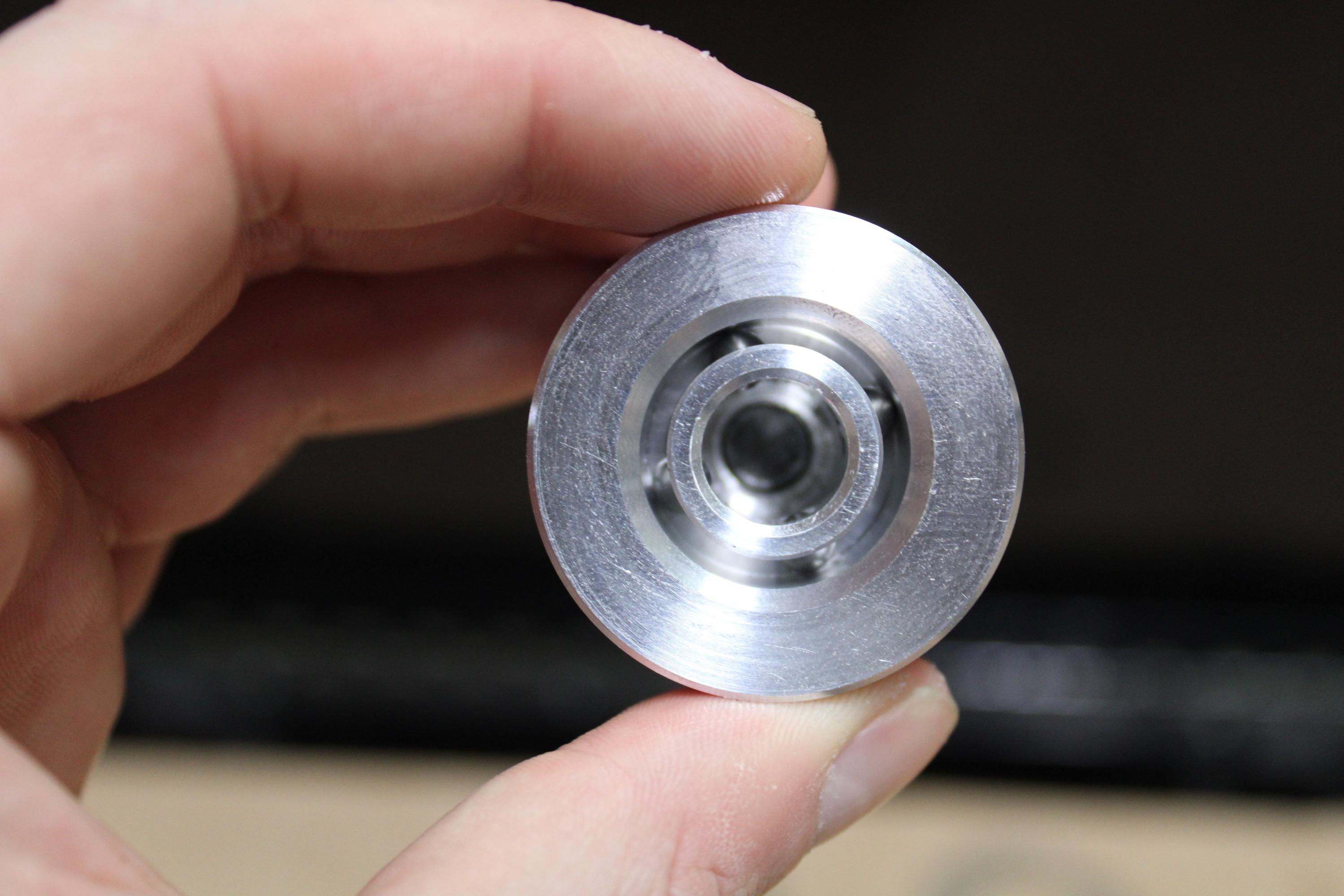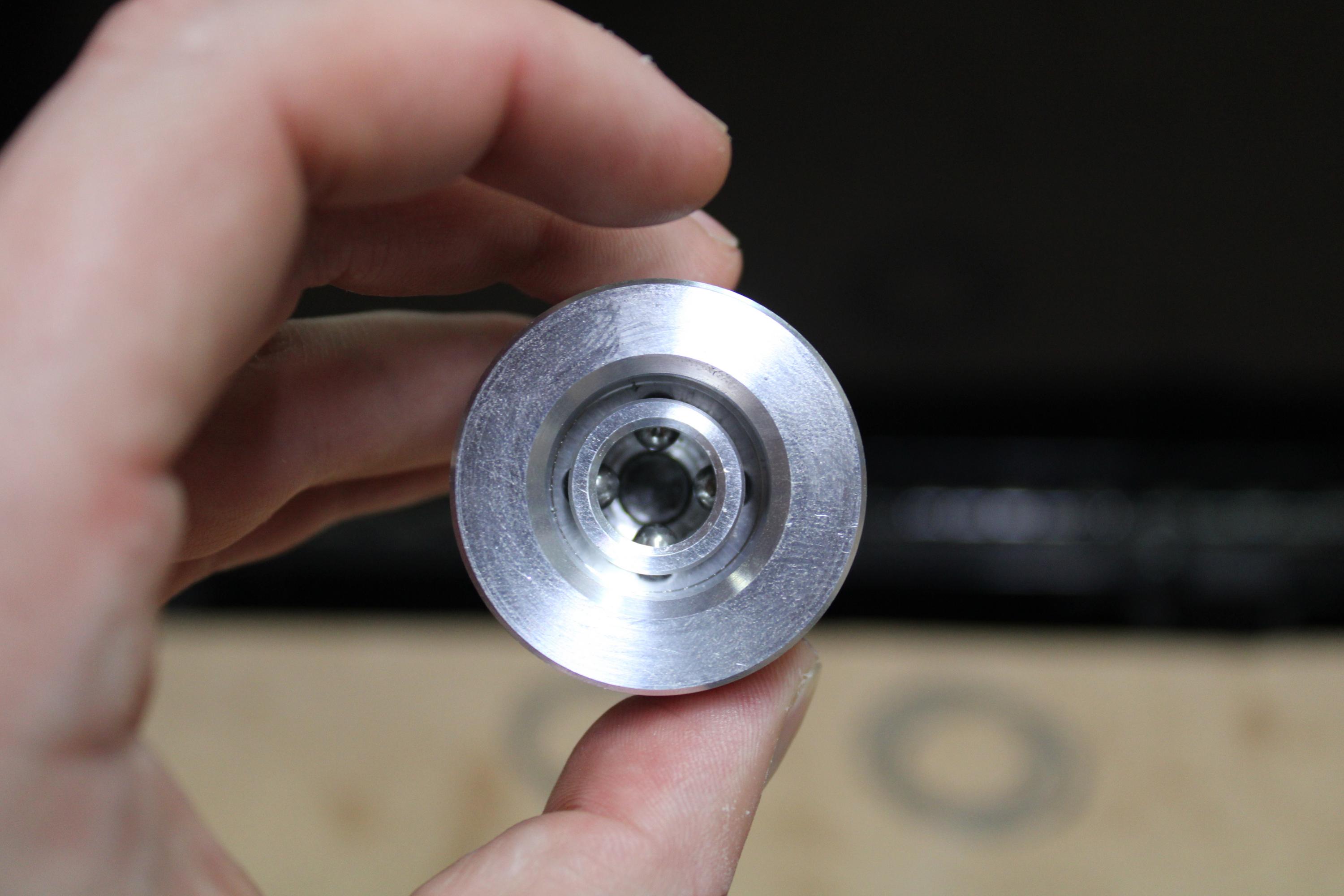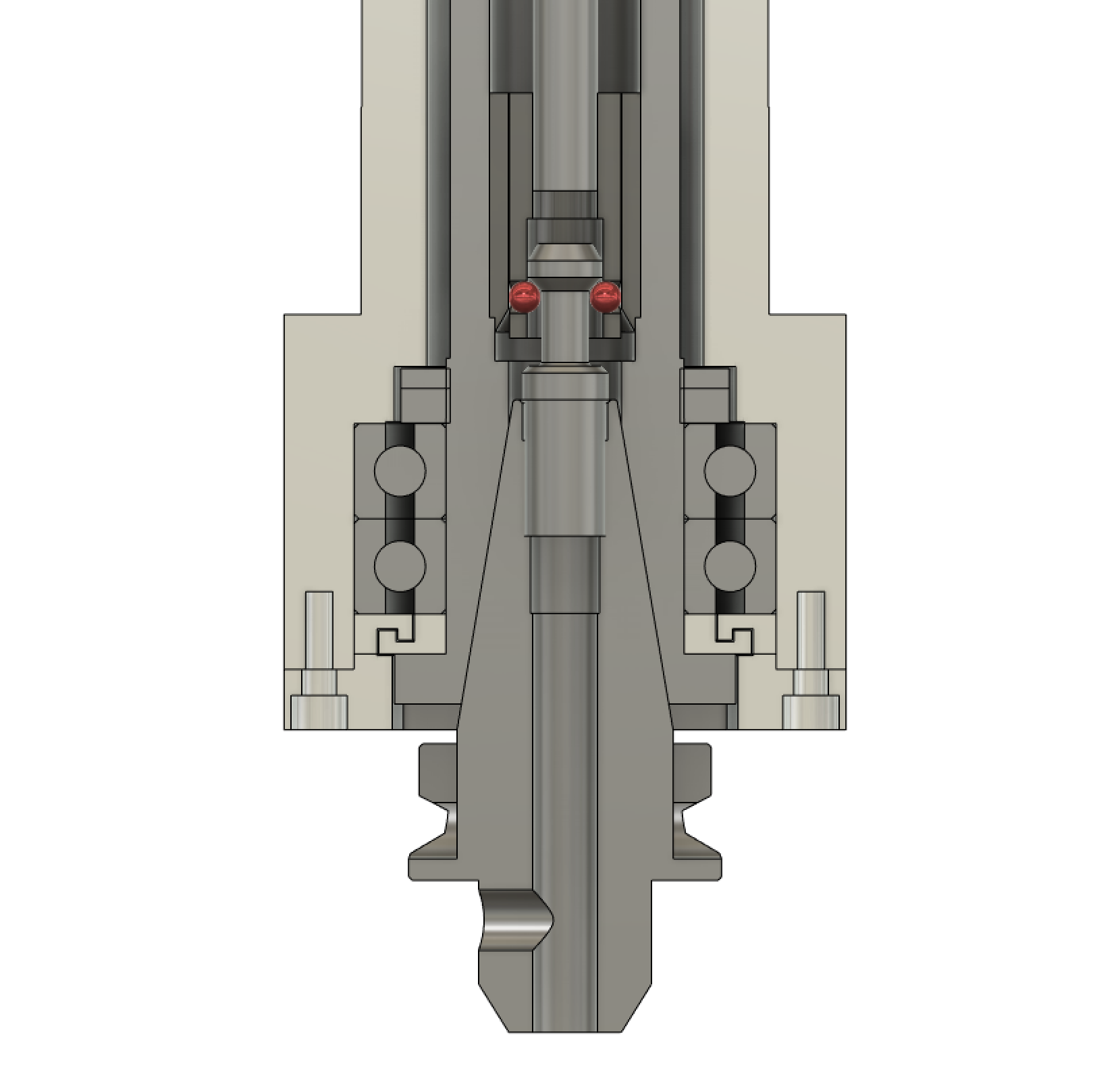Similar to HeavyMetal747, I want to make damn sure the facts are out there, so that people looking to build hobby machines make informed decisions. So here are some cold hard facts, supported with a few links so you can judge for yourself, and a little of my experience thrown in:
Hiwin and THK use a JIS (Japaneses Industrial Standard) standard for rating their ball screws. Thompson uses an ISO standard. That is why THK/Hiwin/NSK and other Asian industry big boys will have a "C" grade, and Thompson has a "P" grade. Generally, the largest difference between the two standards is in how the working load of a ball screw is calculated, though accuracy is graded differently as well, it's just not by a lot. From what I can tell looking at the JIS standard and what Thompson is calling a P5, the JIS standard is a tighter tolerance. For example Thompson says "P5" is 0.023mm/300mm. So on a 900mm screw, you could have 0.069mm of positional error end to end. Where as with a JIS C5 screw, you would be limited to 0.040mm. Or in units we understand, the JIS screw is about 0.00114 of an inch better, over 36". Or 0.001" over a yard. That would actually be very difficult to measure with out a CMM... but I digress.
To be clear, Thompson does make some high quality stuff. I'm not knocking them at all, they are just rating their stuff to a different standard. Also remember that a screw has to meet or BEAT the published value in a standard, and quality manufactures are beating it.
From THK, showing C grade tolerances (SAME EXACT THING SHOOTER POSTED ABOVE):
And from Thompsons website:
Standard accuracy grades are defined by ISO 3408-3 which categorizes accuracy classes...
www.thomsonlinear.com
Interesting tid bit I found trying to fact check myself...
Multiple ball screw standards govern everything from lead accuracy and load capacity definitions to ball nut tolerances and rigidity.

www.linearmotiontips.com
If you want a ball screw that can hold 0.0001's of an inch positional tolerance, you are going to pay an insane amount for it. Like absolutely insane. And yes, holding 0.0001's for positional accuracy would be an incredible feat. Grinding a diameter to 0.0001's, not really a huge feat today, my tool and die maker does it regularly for our fixturing (not to discredit the trade, I can't do it, like at all. The only thing I can do on a surface grinder is burn through abrasive. My tool and die maker is a regular bad ass, and there is a reason he builds this stuff, not me). However, positional tolerance on a screw is EXTREMELY difficult to grind to that tight of a tolerance (not to mention it's an assembly, so you have tolerance stack issues), so much so that if you want ±0.0001" positional tolerance for a 12" ball screw you are looking at a Grade C0 in the JIS standard (I have no access to the ISO, so I'm not sure what it comes out to, but probably a P0). Want a ball screw over 12" to hold that tolerance? Look somewhere besides the Japaneses because the JIS standard doesn't even go there, and I would put serious money on the ISO standard not going there either. Considering how accurate our Mazak and Mori machines are... they are running some kind of ball screw mapping/compensation, almost certainly.
I also know that Okuma (at least they used to) and others offer linear scale feedback, which removes the need to have incredibly accurate ball screws, as the control uses the feedback to verify position constantly. Many in the industry, including myself, consider this to be the most accurate way to control position on a machine.
*STEPS OFF SOAP BOX*
Shooter, your HOBBY machine is already kick ass, and it's going to be more kick ass with those ball screws. That being said, if you want more accuracy out of it, I'd look at adding some linear scales and having them feed back to Linux cnc. There are some people doing it on the youtube, and it looks like it's working pretty damn good!
Onward and upward with the build man, we're really enjoying it!
PZ


